In 1777, a daring maneuver by George Washington surprised and defeated an isolated British force near modern-day Princeton University, reviving American hopes for independence. Today, the battlefield is preserved as a New Jersey state park.
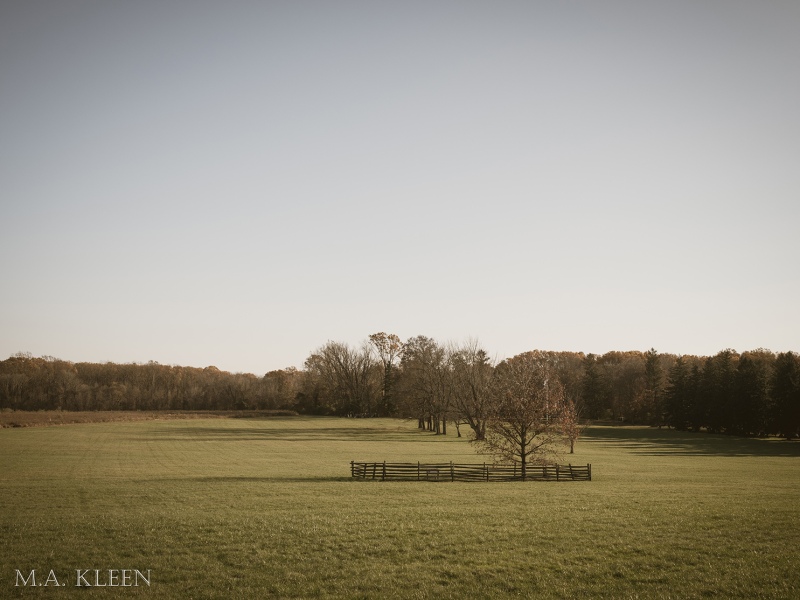
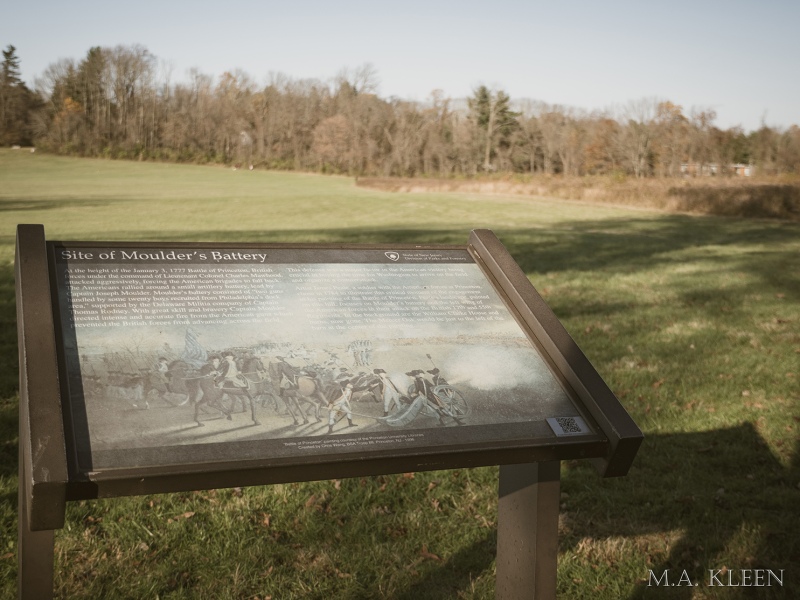
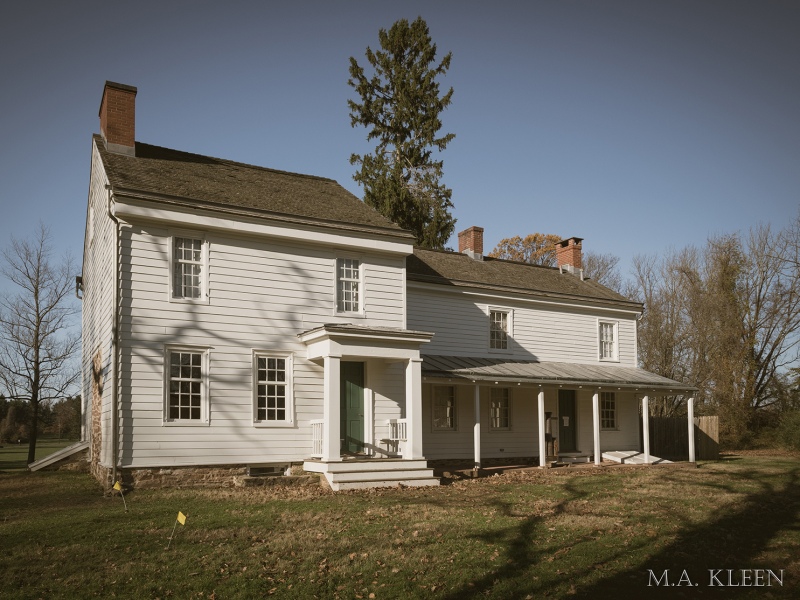
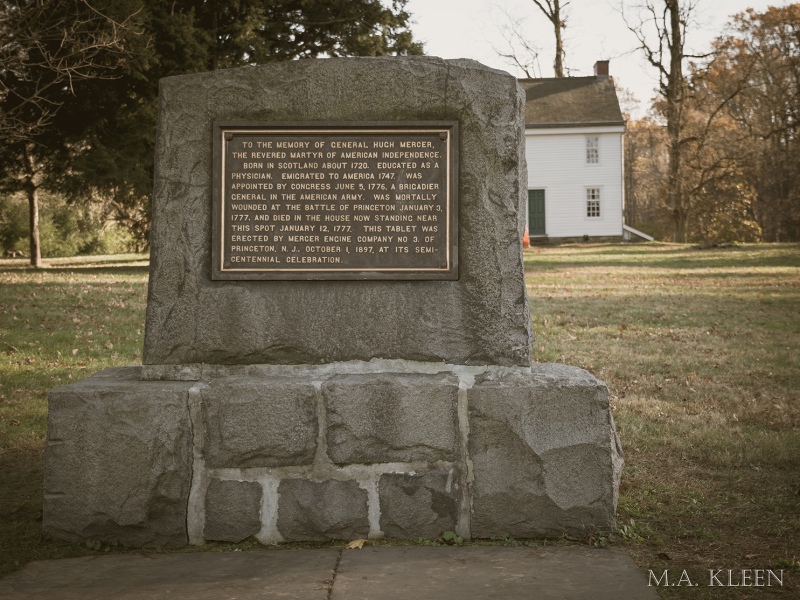
Click to expand photos
The Battle of Princeton was fought on January 3, 1777 between American forces commanded by General George Washington, Major Generals Nathanael Greene and John Sullivan, and Brig. Gen. Hugh Mercer, and British forces commanded by Brig. Gen. Alexander Leslie and Col. Charles Mawhood at Princeton, New Jersey during the American Revolutionary War. The battle was an American victory, and although American forces withdrew in the face of British reinforcements, they effectively freed the state from British control.
After his victories in southeastern New York, British Lt. Gen. Charles Cornwallis had strung his army along the Delaware River to await the spring, but a successful surprise attack by George Washington on Trenton on December 26 stirred him to action. Cornwallis steadily maneuvered Washington into a precarious position. Rather than risk defeat in another standup fight with Cornwallis, Washington took 4,600 men on a nighttime march north to attack an isolated garrison at Princeton.
Washington met British Col. Charles Mawhood and 800 of his men 1.5 miles west of Princeton. Mawhood was heading toward Trenton when the opposing forces met. His men fired one volley and charged with bayonets, Maj. Gen. High Mercer was mortally wounded, and the Patriots fell back. General Washington arrived with reinforcements in the nick of time.
A Patriot counterattack turned the tide and scattered Mawhood’s men. In Princeton, 200 British soldiers holed up inside Nassau Hall at the College of New Jersey surrendered after Patriot artillery fired a single round. In total, the British lost 28 killed, 58 wounded, and 187 captured to the Americans’ 23 killed and 20 wounded. Washington’s victory revived American hopes for independence, while Cornwallis withdrew his defeated army to New Brunswick to protect his supplies.
Fought between Great Britain and her Thirteen American Colonies from 1775 to 1883, the Revolutionary War led to a Declaration of Independence and the formation of the United States of America in 1776. The Thirteen Colonies won their independence, at the cost of an estimated 158,000 British, American, French, German, Spanish, and American Indian lives. It was a dynamic and surprisingly international conflict.
The Princeton battlefield was added to the National Register of Historic Places in 1966, and the 681-acre parcel of land became a Jew Jersey state park. The 300-year-old white oak tree under which Brig. Gen. Hugh Mercer was wounded, later christened the Mercer Oak, survived until a wind storm blew it down in 2000.
The Thomas Clarke House, built in 1772, where Mercer died, has been preserved as a museum and research library. Visitors can stroll the grounds or take a guided tour offered in season. The American Battlefield Trust recently saved 15-acres of Maxwell’s Field, over which George Washington led the counterattack that defeated the British and saved his army.
Princeton Battlefield State Park, at 500 Mercer Road in Princeton, New Jersey, is open daily sunrise to sunset. There is no entrance fee. The Clarke House is open seasonally, so call ahead at (609) 921-0074. A neoclassical colonnade was placed on the battlefield in 1962 to commemorate 15 American and 21 British soldiers buried anonymously after the battle. You can visit that monument in the field across the street from the main portion of the battlefield.
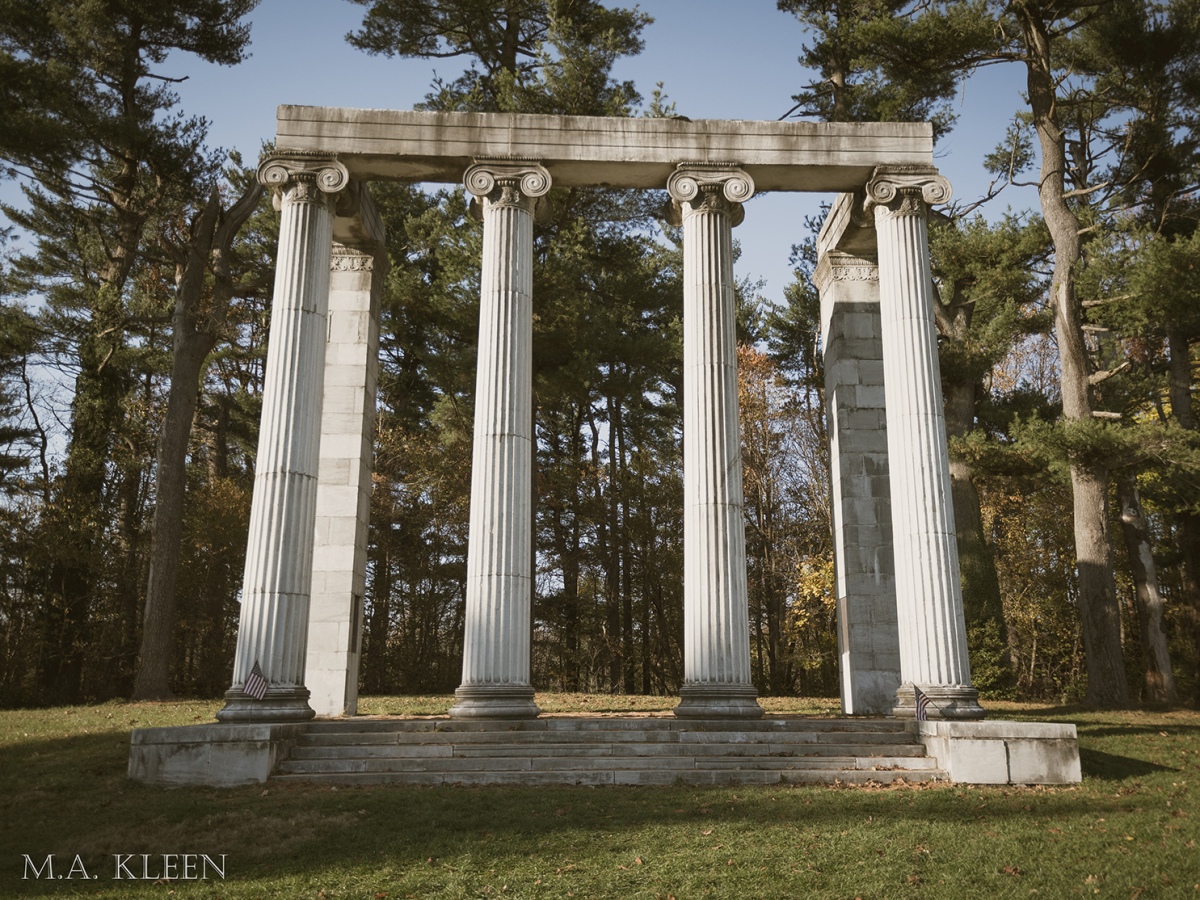

One reply on “Princeton Battlefield State Park”
[…] Brig. Gen. Hugh Mercer (1726-1777) was a Scottish-American physician who settled in Fredericksburg, Virginia and was a personal friend of George Washington. He fought in the French and Indian War and in the Continental Army during the Revolutionary War, where he was killed at the Battle of Princeton. […]
LikeLike